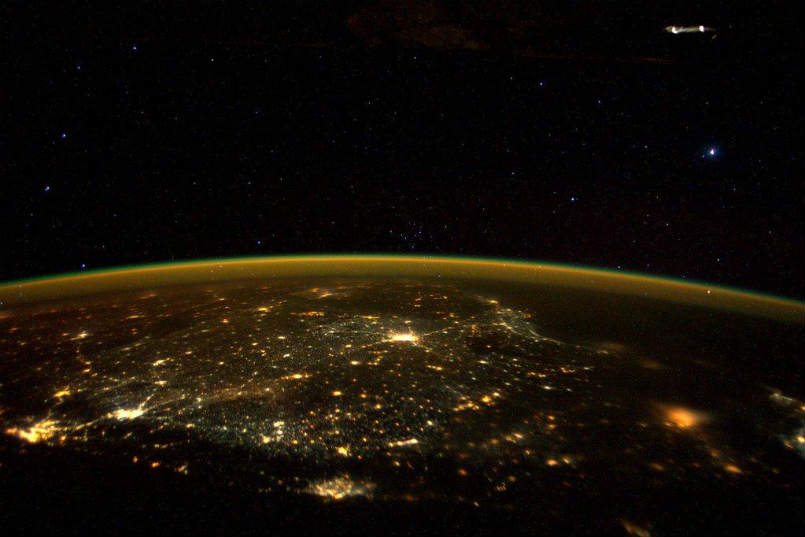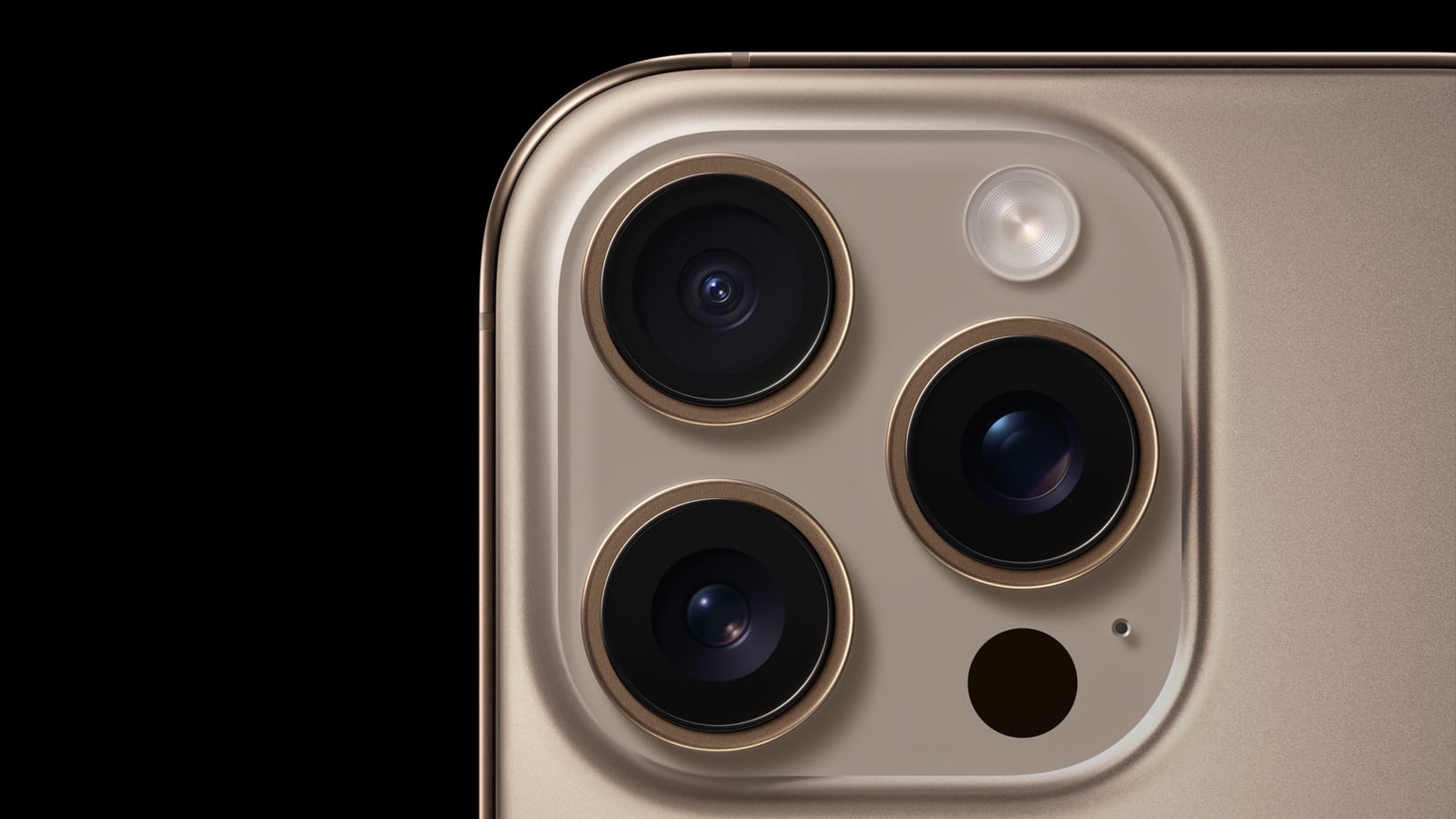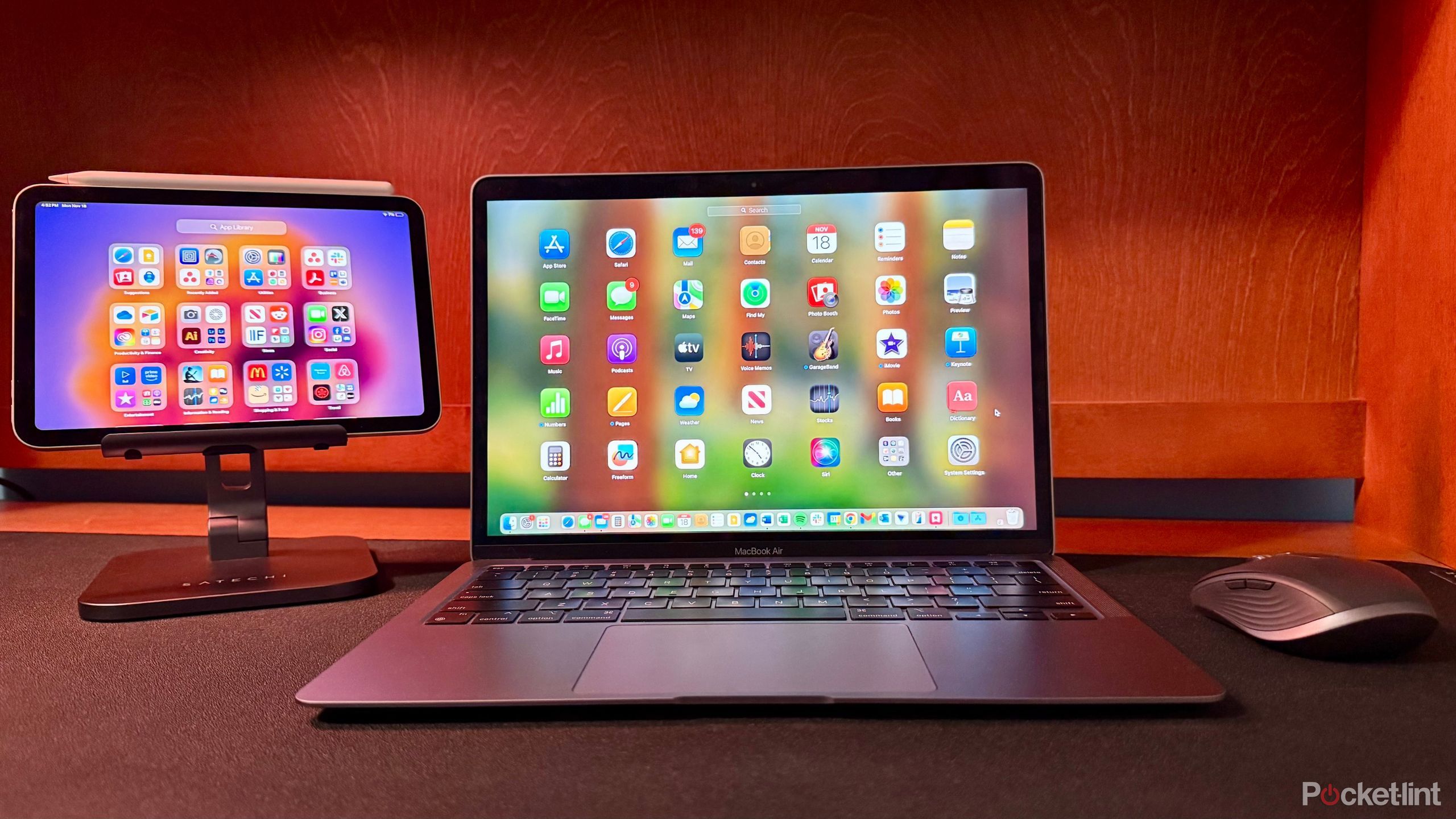Gravitational wave observatory passes tests for its launch in 2034
An experiment by the European Space Agency (ESA) has passed a series of crucial tests with flying colors — paving the way for gravitational wave observatory scheduled for launch in 2034. A crucial component of the experiment is a two-kg cube made up of a high-purity gold and platinum alloy, which is currently sailing through space almost completely free of any force other than gravity.
The project has proved in principle that a formation of such cubes flown in space will be able to function as a space-based gravitational wave observatory, which will be able to detect signals from super-massive black hole collisions and other violent events that would be impossible to see on Earth. Details of the experiment — Laser Interferometer Space Antenna (LISA) Pathfinder mission — was recently published in the journal Physical Review Letters.
The free-falling test mass, as the gold and platinum cube is known, is nestled inside the shell-like LISA Pathfinder spacecraft, and has been orbiting a location in space called Lagrangian Point 1 (L1) since February 2016. At L1, the gravitational pull of the Earth and Sun are such that objects near the point execute orbits around L1 in much the same way that a satellite orbits the Earth.
The LISA Pathfinder mission is a crucial test of systems that will be incorporated in three spacecraft that will comprise the Laser Interferometer Space Antenna (LISA) gravitational wave observatory scheduled to commence in 2034. Each LISA spacecraft will contain two test masses like the one currently in the LISA Pathfinder spacecraft. The LISA Pathfinder mission’s extraordinary success is a crucial step on the way to launching the LISA observatory.
IMPORT:BGRindia





